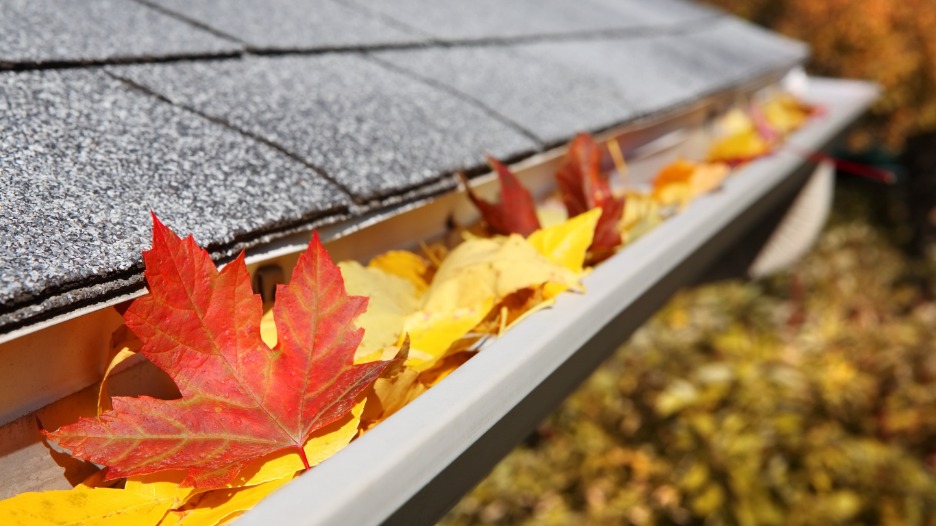Are you confused about the difference between eavestroughs and gutters? Don’t worry, you’re not alone. Many homeowners struggle to understand the distinction between these two terms. In this blog, brought to you by Mega Roofing & Exteriors Inc., we will dive deep into the world of exterior drainage systems and explore the key differences between eavestroughs and gutters. We will discuss what each of these terms means, their various types, and the benefits they offer for your home. By the end of this blog, you will have a clear understanding of which option is best suited for your specific needs. So if you’re ready to enhance your home’s exterior and protect it from water damage, keep reading!
Understanding the Difference between Eavestrough and Gutter
Eavestroughs and gutters, though often used interchangeably, have a slight difference. They serve the same purpose of collecting rainwater and preventing it from damaging the foundation. Eavestroughs are commonly found in residential buildings, while gutters are more popular in commercial settings. Eavestroughs are made of aluminum and consist of joined sections, whereas gutters can be seamless and crafted from materials like vinyl, steel, or copper. Regular maintenance is essential to keep both eavestroughs and gutters functioning optimally and safeguarding against water damage.
What is an Eavestrough?
An eavestrough, also known as a rain gutter, is a channel installed along the edge of a roof to collect and redirect rainwater. It’s typically made of metal or other materials. Its main function is to prevent water damage by directing rainwater away from the building’s foundation. Regular maintenance and cleaning are important to avoid clogs and ensure proper functioning.
What is a Gutter?
A gutter is a shallow channel or trough installed along the roof’s edge to collect and redirect rainwater. Its main purpose is to prevent water from causing damage to the foundation, landscaping, and exterior of a building. Gutters are made of materials like aluminum, vinyl, or steel and come in different sizes to fit various roofs. It is crucial to install and maintain gutters properly for effective water drainage and structural protection.
Exploring the Types of Eavestroughs and Gutters
Eavestroughs and gutters, despite serving the same purpose of collecting and redirecting rainwater, have distinct differences in terms of design and installation. Eavestroughs are usually installed along the edge of the roofline, while gutters are commonly attached to the fascia board. In terms of size and shape, eavestroughs are larger and more rectangular, whereas gutters are smaller and have a rounded form. Both eavestroughs and gutters can be manufactured using materials such as aluminum, vinyl, or copper. It is essential to prioritize regular maintenance for both types to ensure efficient functionality and prevent any potential water damage to the foundation.
Making the Right Choice for Your Home
When it comes to ensuring the proper drainage of rainwater from your home, making the right choice between eavestroughs and gutters is crucial. While they serve the same purpose, eavestroughs are typically made of metal and installed along the edge of the roof, while gutters can be made of various materials and installed at different locations in a home. Eavestroughs often have a larger capacity for water flow, making them ideal for areas with heavy rainfall.
In contrast, gutters are more visually appealing and can be customized to match your home’s style. Both options require regular maintenance and cleaning to prevent water damage and maintain their effectiveness in redirecting rainwater away from your home’s foundation, basement, and landscaping. Consider factors such as climate, budget, and personal preference when deciding between eavestroughs and gutters to ensure you make the right choice for your home.
Conclusion
In conclusion, it is crucial to have either an eavestrough or a gutter installed on your home or building to protect it from water damage. Both eavestroughs and gutters have the same function of directing rainwater away from your home. Regular maintenance is essential to ensure proper functioning. While “eavestrough” is a term commonly used in Canada, “gutter” is more prevalent in the United States. The primary goal of both eavestroughs and gutters is to prevent water damage to the building’s foundation by effectively redirecting rainwater. Let Mega Roofing & Exteriors Inc. help you decide which option is best for your home, ensuring its protection against the elements for years to come.

